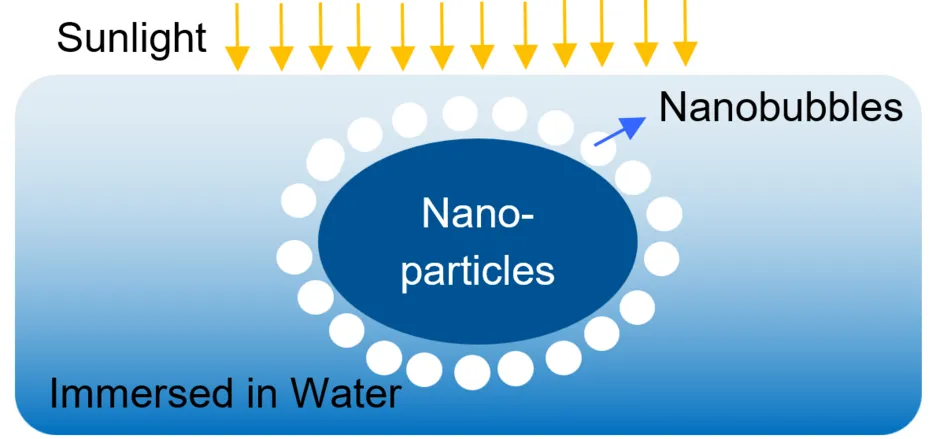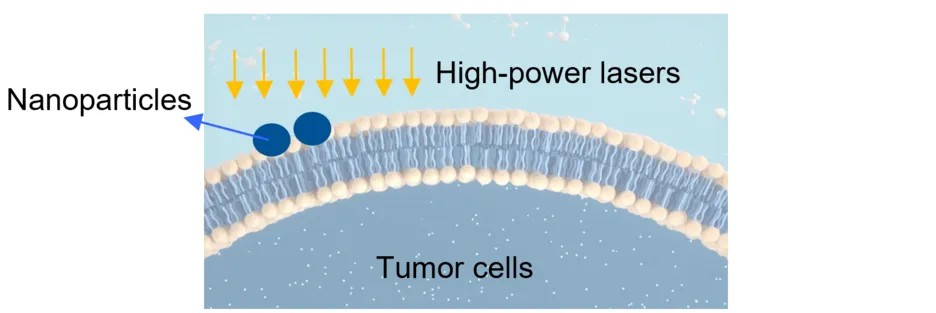Zhao Song, M.Sc.
Technische Universität München
Lehrstuhl für Thermodynamik (Prof. Wen)
Postadresse
Boltzmannstr. 15
85748 Garching b. München
- Tel.: +49 (89) 289 - 16197
- Raum: 5507.EG.707
- z.song@tum.de
Career
2021-2022: Main member of the thermal control group, Alpha Magnetic Spectrometer experiment, European Organization for Nuclear Research (CERN), Massachusetts Institute of Technology (MIT).
Research Project
Interfacial heat transport phenomena at the multiscale
Research Background and Applications
With the development of science and technology, thermal energy production and transport at the micro/nanoscale are paid more attention. Especially there has been rapid growth in the research and brilliant applications of micro/nanobubbles due to their unique physicochemical properties beyond conventional bubbles including large specific surface area, slow rising velocity, high interface potential, high mass transfer efficiency, etc. Fig. 1 shows the size ranges of the bubbles and their major properties in media, we can see that, as the bubbles' size decreases, the mass transfer efficiency, persistence time, and bursting energy could increase, and the rising velocity decreases.

Particularly, the generation and evolution of nanobubbles on heated nanoparticles are of meaningful research. Generally speaking, some precious metal nanoparticles such as gold, silver, and platinum show great promise for technological applications such as biomedical diagnostics, photothermal therapy, solar energy conversion, and locally enhanced chemical reactions due to their unique optical properties resulting from localized surface plasmon resonance (LSPR). In these applications, the nanobubbles generated around heated nanoparticles are referred to as plasmonic nanobubbles, and the dynamics of nanobubble formation and evolution are crucial for energy utilization or human health. For example, as Fig. 2 shows, when nanoparticles are immersed in water, steam can be generated by directly irradiated sunlight without heating the whole volume of the fluid. This remarkably increases the solar-to-heat efficiency by up to 80%, significantly broadening solar energy harvesting.

Additionally, as Fig. 3 shows, when nanoparticles, selectively attached to the membranes of tumor cells, are exposed to high-power lasers, the generated nanobubbles could mechanically destroy the cell membrane and lead to damage to the tumor cells.

Research framework and goal
To advance and open up applications of nanoparticles, a fundamental understanding of nanobubble dynamics around heated nanoparticles would play a core role. However, due to nanometric size, experimental study is limited to visualizing and measuring nanobubbles' diameter and time evolution. Therefore, some research is going to be conducted using Molecular Dynamics (MD) simulations and computational fluid dynamics (CFD), aiming to investigate the generation and evolution of nanobubbles on multiple nanoparticles (probably they are an array) under multiple external electric or magnetic fields, and multiple heat flux, as well as the destroy of tumor cells due to the shockwave of nanobubbles explosion, connecting with nanomedicine, etc. Fig. 4 shows the framework of this research.

Publications
1. Zhao Song et al.: Molecular dynamics study of convective heat transfer in ordered rough nanochannels. Journal of Molecular Liquids, 2021, 337: 116052.
2. Zhao Song et al.: Heat transfer and flow characteristics in nanochannels with complex surface topological morphology. Applied Thermal Engineering, 2022, 201: 117755.
3. Zhao Song et al.: Investigation of surface structure-wettability coupling on heat transfer and flow characteristics in nanochannels. Applied Thermal Engineering, 2023, 218: 119362.